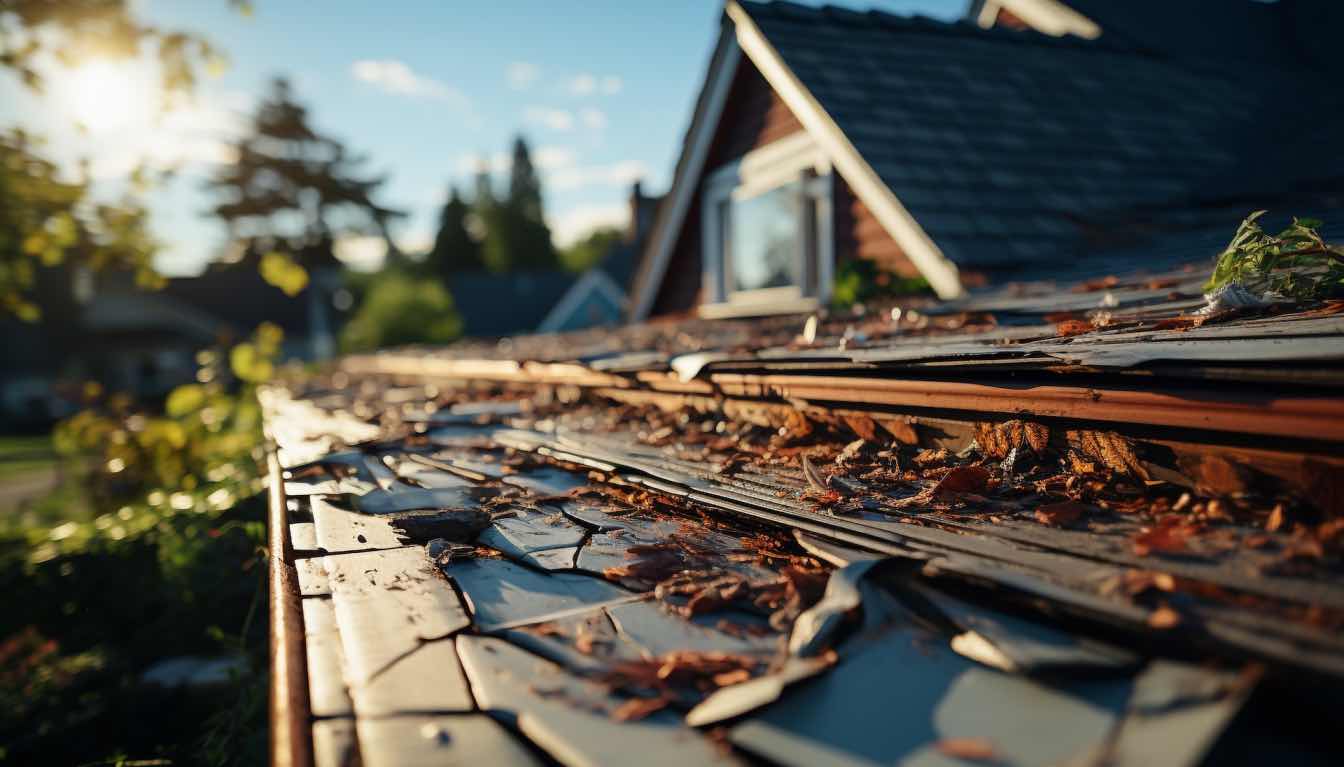Storms can strike without warning; when they do, your home often takes the hit. Roofs, in particular, face the brunt of harsh weather like heavy winds, hail, and falling debris. Whether you're dealing with the aftermath of a hurricane, a snowstorm, or a powerful thunderstorm, knowing what steps to take can make a big difference in restoring your home quickly and safely.
This guide will explain how storm damage affects your roof, what to do after a storm, and how the right roofing contractor can help you recover with less stress.
Understanding the Impact of Storm Damage
Not all damage is apparent. Sometimes, your roof looks fine from the ground, but serious issues hide beneath the surface.
Types of Storm Damage to Look Out For
1. Wind damage can lift or loosen shingles, making your roof vulnerable to leaks.
2. Hail can leave behind dents, cracks, and bruises that weaken shingles.
3. Heavy rain often leads to water damage inside your attic and walls.
4. Fallen branches or debris can puncture or tear your roof materials.
Even small areas of damage can grow into costly problems over time. This is why having a professional roofing contractor inspect your roof after any major storm is one of the smartest moves you can make.
What to Do Right After the Storm
Once the weather clears, acting quickly while staying safe is essential.
Check for Immediate Dangers
Look for downed power lines, broken windows, or visible structural damage. If possible, avoid walking on your roof or climbing ladders immediately.
Document the Damage
Take clear photos of your roof, gutters, ceilings, and walls. These will come in handy when filing your insurance claim.
Call a Trusted Roofing Contractor
The sooner you call, the sooner repairs can begin. A team like Storm Guard Roofing can respond quickly, assess the damage, and secure your roof to prevent further problems.
The Restoration Process: What to Expect
Working with a reliable roofing contractor makes the restoration process more manageable. Here's what the typical process looks like:
Step 1: Inspection
The contractor will assess every part of your roof and home exterior to find all areas that need repair.
Step 2: Temporary Protection
If repairs can't begin immediately, the crew may use tarps or other materials to seal damaged areas and stop leaks.
Step 3: Repair or Replace
Depending on the damage, your contractor will either repair sections of your roof or replace it entirely. They'll explain your options and help you choose the best solution for your home and budget.
Why It's Important to Work with a Qualified Roofing Contractor
After a big storm, it'sit's common to see out-of-town crews offering fast and cheap repairs. While this might be tempting, working with an experienced, local roofing contractor is the better long-term choice.
Here's What to Look For
1. Proper licensing and insurance for your area
2. Experience with storm damage repairs and insurance claims
3. Positive local reviews and references
4. A precise, detailed estimate of the work to be done
Teams like Storm Guard Roofing understand the unique needs of homeowners in your region and will be there for you from start to finish.
Take Action Before the Next Storm Hits
Storms are unpredictable, but your home's protection doesn't have to be. With the help of a dependable roofing contractor, you can restore your roof, safeguard your home, and feel confident heading into the next season.
If your home was recently hit by bad weather or you want to be better prepared, contact Storm Guard Roofing today. They'll provide a thorough inspection, honest advice, and long-lasting repair. Don't wait for the damage to worsen; protect your home before the next storm arrives.





